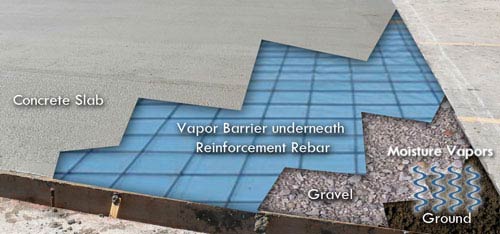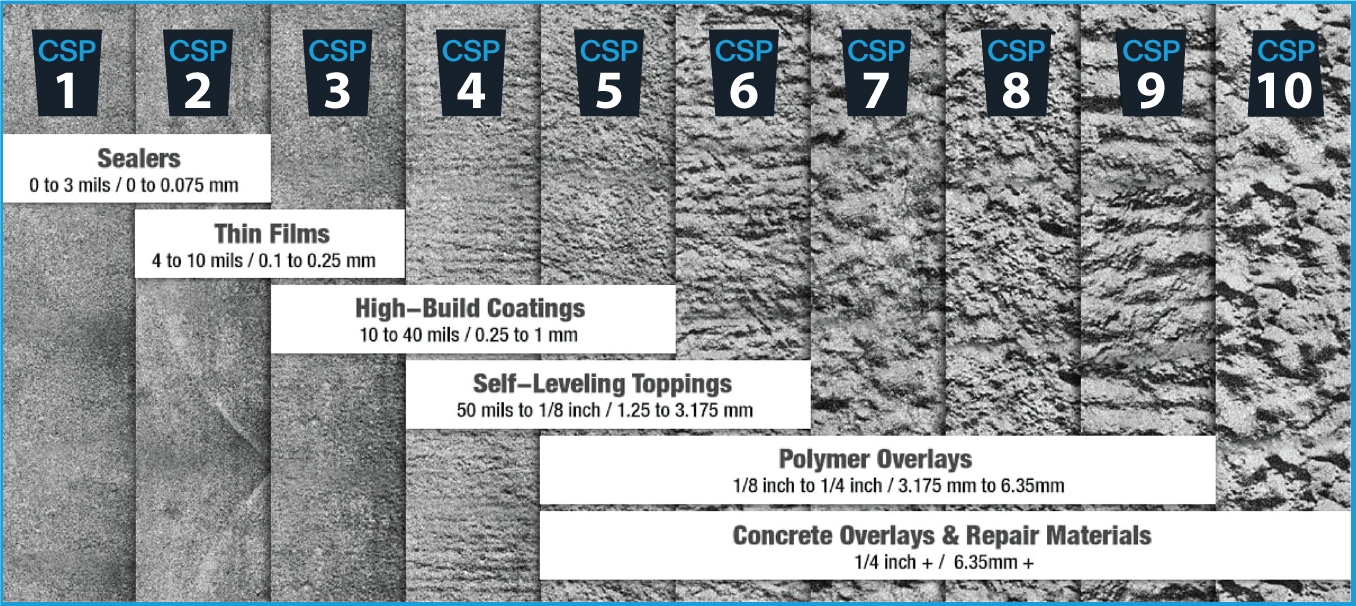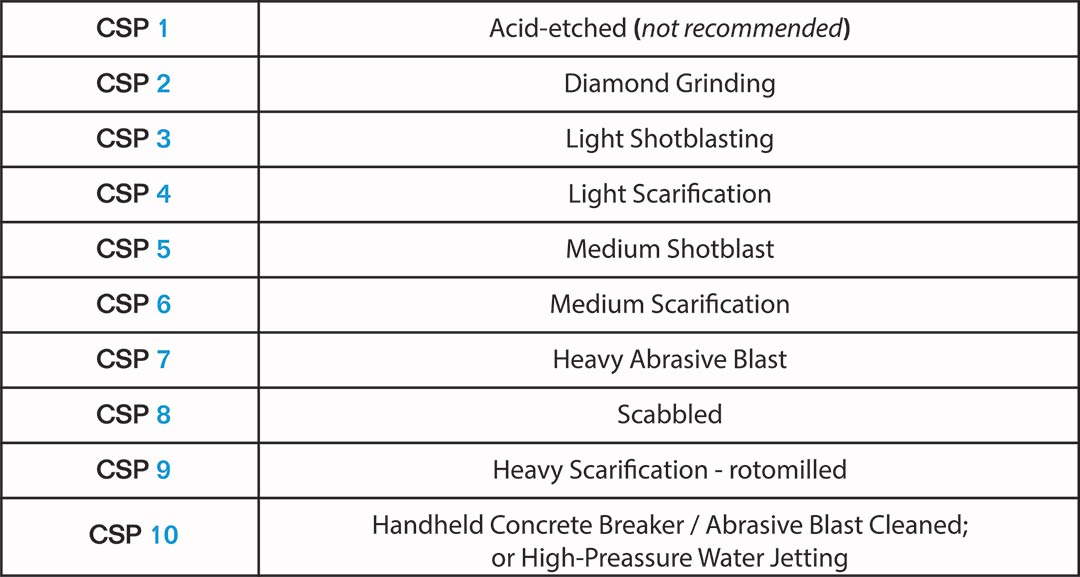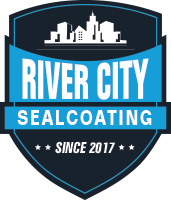Sport Court Surfaces | Construction & Preparation
Athletic & recreational courts (tennis, pickleball, basketball, etc.) are built from either asphalt or concrete pavement. The type of substrate used is normally determined by region, cost, preference, availability, or site access.
Each substrate (asphalt or concrete) has its own set of requirements when it comes to the application of acrylic sports surfaces.
Concrete Court Construction
When it comes to proper concrete court construction, there is a long “to-do” list. As with anything, there is always a good, better, best list of what to do and why it is important. If you are considering having a recreational court built, we recommend getting a copy of the American Sports Builders Association’s construction & maintenance manual. They publish and sell these for tennis or pickleball, which is also useful for basketball and other sports. That being said, we will reference a short list of the most important factors, before the application of acrylic surfaces.
Install Vapor Barrier
Prior to pouring the concrete slab, a vapor barrier should be installed to prevent upward migration of ground moisture. This normally consists of two sheets of 6 mil polyethylene plastic sheeting, laid in opposite directions. Make sure it is overlapped and taped at the joints. The vapor barrier is on top of the stone base and under the concrete slab.

Ensure Adequate Perimeter Drainage & Slope
Another very important factor, when trying to minimize water accumulation under the concrete slab, is good perimeter drainage. If one or both of these items are lacking (vapor barrier & perimeter drainage), your court surface could be in danger of bubbles or blisters in the coating. In most cases, this will lead to peeling of coatings and bare spots down to the concrete. Court surfaces should be sloped at 1% in one direction, which is 1″ fall in every 10 feet. This helps to keep water flowing off the court and ensures fast-drying surfaces and less standing water.
Concrete Surface Profile (CSP)
The finish of the concrete surface is universally rated on a Concrete Profile Scale (CSP) from 1-10. Most Sport Coating manufacturers recommend a CSP of 3-4 or a “Medium Broom” finish to maximize adhesion and durability. The different levels of CSP can only be achieved during finishing techniques when pouring the concrete slab and or through mechanical abrasion methods such as Dustless Concrete Grinding and Shotblasting.
When pouring and finishing the concrete, make sure that the concrete contractor applies a medium-broom finish on the surface of the concrete. This is very important to a good physical bond of the sports coatings. A steel-troweled finish is too smooth and will also raise the chances of peeling surfaces.


Allow Full Cure Before Coating Application
The curing process of concrete is a chemical reaction that takes 28 days to complete. During the process, quite a bit of water is escaping from the slab and depositing high-alkaline salts on the surface. It is important to allow a full 28-day minimum cure, before moving forward with coating application.
One more note on curing, avoid using curing compounds on concrete court surfaces. Once the concrete is poured, it will instantly begin to lose water via evaporation. If the temperatures are hot, water will leave the wet slab quickly, and this could lead to surface cracking (like mud cracking in a puddle). To prevent this, most concrete contractors spray curing compounds on the surface to slow down the evaporation of water. Many curing compounds are made up of oil-based or incompatible materials that can leave a residue on the concrete surface. This residue, or film, can potentially cause a bond breaker and lead to failure of the acrylic sport coatings. To avoid this situation, make sure the concrete contractor moisture cures the slab. This is performed by keeping the slab wet after pouring, with a covering of moistened burlap, a polyethylene sheet, or other curing paper. After 7 to 10 days, it can be allowed to dry and cure under normal conditions without keeping the slab moist.
Not sure if curing compounds have been used, or do you know they have been used? The surface can be shot blasted to remove any bond-breaking films. Note, that you can pour a small amount of water onto the concrete slab to see if water beads up on the surface. If it does, there is likely a curing compound or sealant on the surface.
5 P’s – Perfect Prep Prevents Poor Performance
When it comes to fluid-applied flooring the concrete substrates have to be prepared. This is the process of removing contaminates on the surfaces, as well as creating a concrete surface profile or CSP. This is a standardized measure for the ‘roughness’ of a surface that is defined by the International Concrete Repair Institute (ICRI). The CSP has a corresponding number that indicates how smooth or rough the concrete has to be for different materials to bond properly.
Fluid-applied floors almost always require a CSP3. This is only produced through grinding or shot blasting. Since shot blasting equipment is extremely expensive, most companies use concrete grinders. They are typically cheaper and more versatile, as they can also be used for polishing concrete. The downside to grinding concrete is that it is extremely hard or uneven.
When concrete is uneven, the diamonds used to grind it only hit the high spots. This leaves the low spots untouched. Since the goal of the process is to remove the weaker cream from the surface along with contaminates, while creating the required profile, any low spots that are missed are potentials for failure. The solution is to continue grinding or to hand grind these spots until the entire surface is at a CSP3. This can be a time-consuming process, especially if the concrete is extremely hard.
TAKE ADVANTAGE OF OUR DRIVEWAY SEALCOATING & GARAGE FLOOR COATING BUNDLE

Services
Driveway Sealcoating
Garage Floor Coating
Asphalt Maintenance
Commercial Flooring
Corporate Office
11262 Kilmer Rd
Edison, NJ 08872
Phone
NJ (732-524-7757
VA (804) 234-3180
Recent Comments